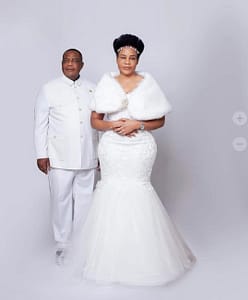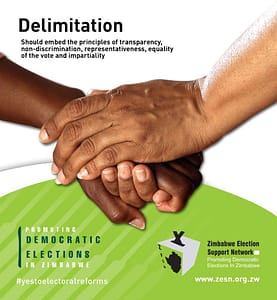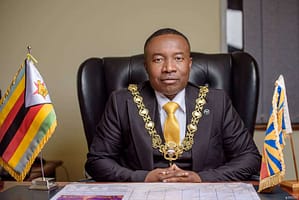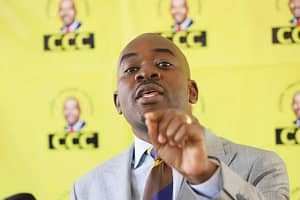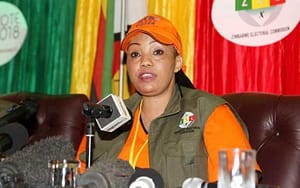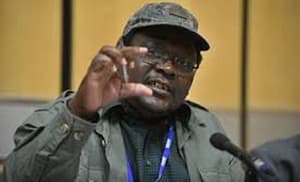Health system collapses as ED splashes money on a statue
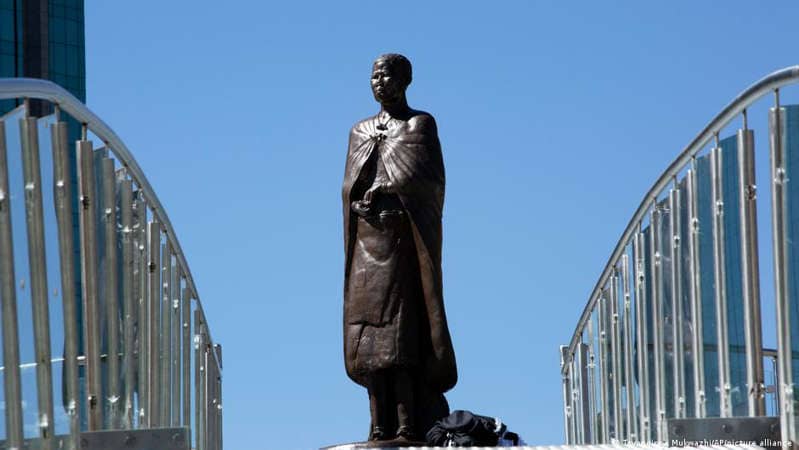
The Zimbabwean government unveiled a statue of the liberation heroine and anti-colonialism figurehead Mbuya Nehanda in the capital, Harare, on Tuesday amid controversy about its priorities while the economy and health system collapse.
President Emmerson Mnangagwa vowed that the government would “repatriate Mbuya Nehanda’s skull and the skulls of others from the UK”, and said discussions about this were “on course”. The human remains of Nehanda and others who fought British colonisers are widely rumoured to be held at the Natural History Museum in London.
Critics attacked the government’s decision to spend an unknown amount of money on the statue, which had to be remade after the original sculpture was rejected for not looking enough like the figurehead of the first Chimurenga, or uprising.
The Zimbabwean novelist Tsitsi Dangarembga said the statue’s unveiling on Africa Day, which commemorates the founding of the Organisation of African Unity on 25 May 1963, was “absurd”.
“The absurdity and misguidedness of co-opting a historical figure as a partisan symbol, and celebrating this symbol in a partisan manner in a way that hinders citizens’ right of movement, on a day dedicated to a continental vision is so fundamental that only comprehensive transformation will improve Zimbabwe’s prospects,” Dangarembga told the Guardian.
Nehanda Charwe Nyakasikana, known as Mbuya – “grandmother” in the Shona language – was a spiritual leader of the Shona people who led a revolt against the 19th-century colonisation of Zimbabwe by Cecil Rhodes and his British South Africa Company, whose officers eventually captured and hanged her in 1898.
She is widely commemorated in Zimbabwe, in street names and on buildings, and her legacy is linked to the notion of resistance that ignited the guerrilla war – known as the second Chimurenga – that began in 1972.
The journalist and government critic Hopewell Chin’ono said it was a disgrace for the government to squander money on a statue when the country’s hospitals were in a state of collapse, short of medicines and reliant on donors during the pandemic.
“Ordinarily, honouring cultural and liberation heroes is a noble thing to do but I think it is a disgrace to do it at a time when Zimbabweans are going to bed on empty stomachs,” Chin’ono said. “It is a disgrace to do it at a time when Zimbabweans are going to hospitals without medication. It is a serious disgrace when we build statues when our youths do not have jobs.”
He said: “The person being honoured would have wanted people to have access to good medication.”
Chin’ono tweeted: “Doctors and nurses at Mpilo hospital in Bulawayo are having to carry sick patients or the dead using staircases, because elevators are not working! This is why we are saying building multimillion dollar statues when hospitals are not working is illogical!”
Nehanda, a spirit medium who led early resistance to white settler rule when the British arrived in 1890, was honoured with a larger-than-life bronze statue atop a lofty footbridge in Harare city centre.
After the statue was unveiled, traditional leaders from across the country performed ceremonies and festivities included a military parade, traditional music and dance.
Five-year-old Desire Matanda uses a pan to search for particles of gold along the Odzi River in Mutare. Poverty has forced many children in Zimbabwe out of school and into work.Five-year-old Desire Matanda uses a pan to search for gold on the Odzi River in Mutare. The collapsing economy has forced many Zimbabwean children out of school and into work. Photograph: Aaron Ufumeli/EPASome Zimbabweans questioned how Mnangagwa could spend an undisclosed amount on the statue after receiving a donation of 5,000 tonnes of maize meal from South Africa for victims of Cyclone Idai , which ravaged eastern Zimbabwe in 2019.
Obert Masaraure, president of the Amalgamated Rural Teachers Union of Zimbabwe, said: “The education crisis, for example, cannot be solved by a mere statue but by paying teachers a living wage.
“Mbuya Nehanda did her part and departed; we are duty bound as a generation to find solutions to the current challenges.”
After successive lockdowns in Zimbabwe during the pandemic, life has become unbearable for ordinary people working in the informal sector. The deteriorating economy has further crippled a health sector under the additional strain of Covid.
Blessing Vava, national director of the Crisis in Zimbabwe Coalition, said the government should focus on tackling the soaring unemployment rate.
“It is a matter of priorities – what we need now is a clear, concrete economic revival plan, and statues can be constructed later. The erection of a statue should not be a preoccupation or even a success story of any serious government in the modern day,” Vava said.
The unveiling of the monument sparked wide debate on social media, with many people questioning spending money on “non-essentials”, even though they agreed on the historical importance of Nehanda.
However, Mnangagwa said: “This statue is a bold and unapologetic statement that we are a people who know who we are and where we came from. It is a declaration that we stand proud of our nation and history.”
In a statement, the Natural History Museum in London said: “We have had previous discussion with Zimbabwean officials on this subject but after extensive research have found no evidence to suggest that remains of Mbuya Nehanda are held or have ever been held by the Museum. We have shared all the information we have with the authorities in Zimbabwe.”
–The Guardian
